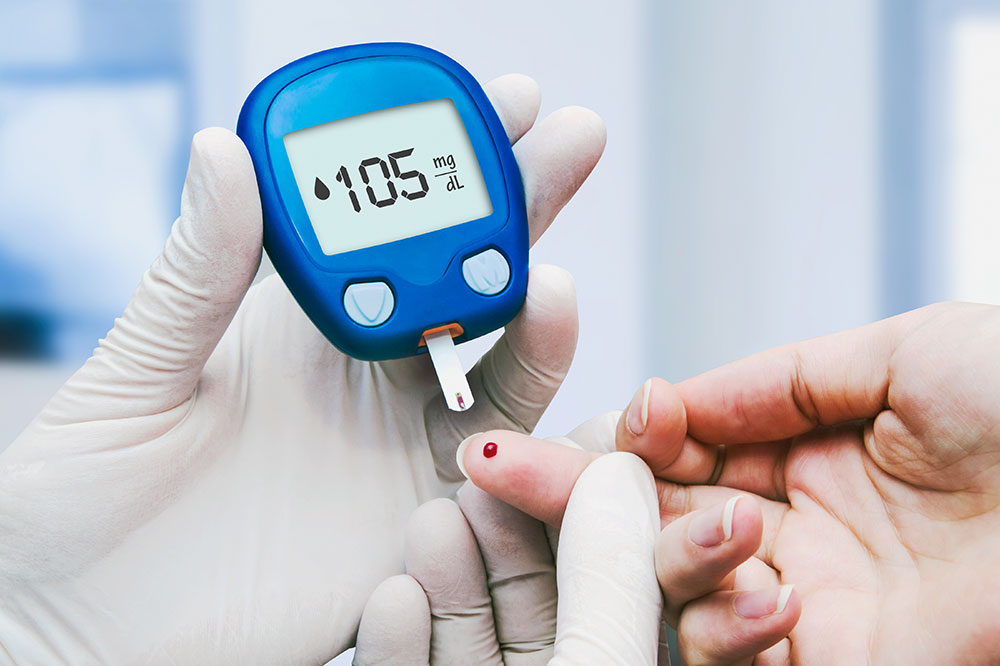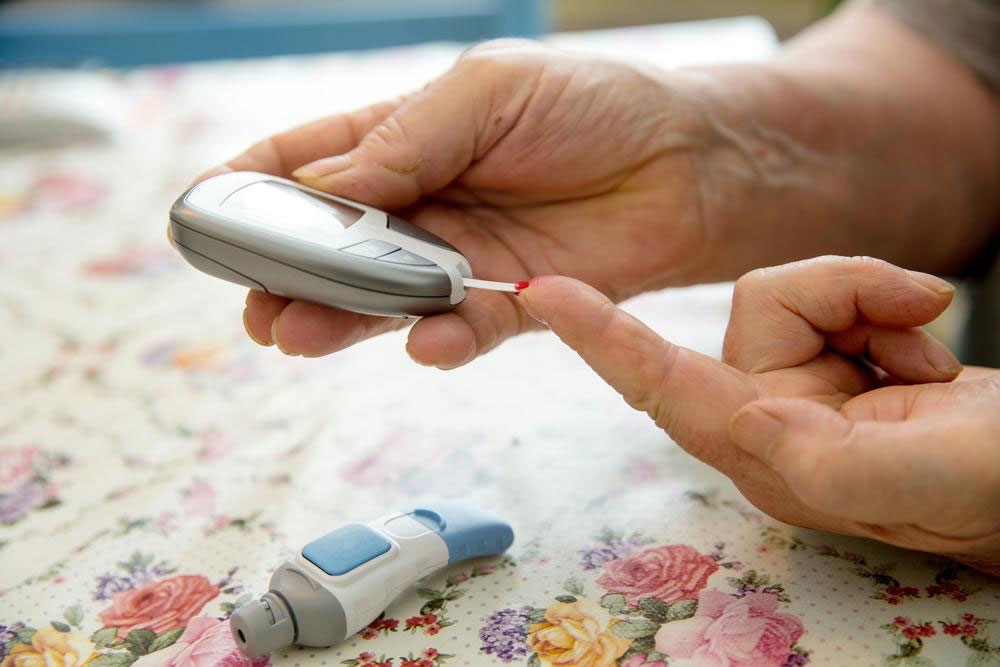Comprehensive Guide to Diabetes: Causes, Symptoms, and Effective Management Strategies
This comprehensive article explores the causes, symptoms, and management of diabetes, emphasizing the importance of early detection and lifestyle changes. It covers all major types of diabetes, risk factors, and effective strategies to maintain health. With detailed information and practical advice, readers can better understand this chronic condition and take proactive steps towards prevention and control, improving quality of life and reducing complications associated with diabetes.

Comprehensive Guide to Diabetes: Causes, Symptoms, and Effective Management Strategies
Diabetes mellitus is a chronic health condition characterized by elevated levels of glucose in the blood, which occurs when the body either fails to produce sufficient insulin or becomes resistant to insulin's effects. Insulin, a hormone produced by the pancreas, plays a crucial role in regulating blood sugar levels by facilitating the entry of glucose into cells for energy. When this process is disrupted, it can lead to serious health complications if left unmanaged.
Understanding how diabetes develops requires an appreciation of the body's complex metabolic processes. Normally, after a meal, food is broken down into its basic components, mainly glucose, which then enters the bloodstream. The pancreas detects the increase in blood sugar and releases insulin to signal body cells to absorb glucose. This maintains a stable blood sugar level. However, in diabetes, this finely tuned system is impaired.
The core problem arises when insulin production is insufficient or when the body’s cells become resistant, leading to sustained high blood sugar, known as hyperglycemia. Persistent hyperglycemia can damage blood vessels, nerves, and organs, increasing the risk of heart disease, kidney failure, blindness, and limb amputations. Therefore, early detection, lifestyle modifications, and proper management are essential in preventing serious health outcomes.
Diabetes primarily manifests in three major types: Type 1, Type 2, and gestational diabetes, each with distinctive causes and characteristics. Additionally, pre-diabetes serves as a warning sign that blood sugar levels are elevated but not yet in diabetic range, offering an opportunity for intervention.
Globally and nationally, diabetes poses a significant public health burden. In the United States alone, approximately 30.3 million people are living with diabetes, and around 84 million adults are unaware that they are pre-diabetic, which increases their risk for developing full-blown diabetes if preventive measures are not taken.
Causes and Risk Factors of Diabetes
Pre-diabetes, also known as impaired glucose tolerance, occurs when blood sugar levels are higher than normal but not yet at diabetic thresholds. Without lifestyle adjustments, this condition often progresses to Type 2 diabetes.
Type 1 diabetes is an autoimmune disorder where the immune system mistakenly attacks insulin-producing beta cells in the pancreas, resulting in little to no insulin production. It mostly affects children and young adults.
Type 2 diabetes is the most common form, primarily affecting adults who are overweight or obese. Sedentary lifestyles, poor dietary habits, and genetic predisposition significantly contribute to its development. Its incidence is rising among children and adolescents due to increasing inactivity and unhealthy eating patterns.
Gestational diabetes develops during pregnancy due to hormonal changes that cause insulin resistance. It typically resolves after delivery but raises the risk of developing Type 2 diabetes later in life. About 4% of pregnant women in the second trimester experience this condition.
Recognizing Diabetes Symptoms
Persistent extreme thirst and dry mouth
Frequent urination, especially nocturia
Unusual and unexplained weight loss
Chronic fatigue and weakness
Slow wound healing and increased infections
Dry, itchy skin that does not heal quickly
Blurred or impaired vision
Persistent tingling or numbness in hands and feet
Diabetic ketoacidosis, a serious complication marked by nausea, vomiting, abdominal pain, and rapid breathing
If any of these symptoms are observed, prompt consultation with a healthcare provider is necessary for accurate diagnosis and effective management strategies.
Strategies for Managing Diabetes Effectively
Although diabetes currently has no cure, proper management allows individuals to maintain a healthy, active life. Regular blood sugar monitoring is key to assessing control levels.
Adopting a balanced diet rich in fiber, whole grains, lean proteins, healthy fats, and limited refined sugars helps stabilize blood glucose levels.
Consistent physical activity—such as brisk walking, cycling, or swimming—improves insulin sensitivity and overall metabolic health.
Weight management plays a crucial role, especially in Type 2 diabetes—losing even a modest percentage of body weight can significantly improve blood sugar control.
Medications, including insulin injections for Type 1 diabetics and some with Type 2, alongside oral hypoglycemics, help control blood glucose. personalized treatment plans are essential.
Regular check-ups to monitor blood pressure, cholesterol, kidney function, and eye health are vital preventive measures against complications.
Education and self-management skills empower individuals to handle their condition effectively, reducing hospitalizations and enhancing quality of life.
In conclusion, understanding the causes, recognizing the symptoms, and adopting comprehensive management strategies are critical for controlling diabetes and preventing its severe complications. Advances in research and medical technology continue to improve treatment options, but lifestyle modification remains the cornerstone of effective management. Raising awareness and promoting early screening are essential in the fight against this widespread disease.





